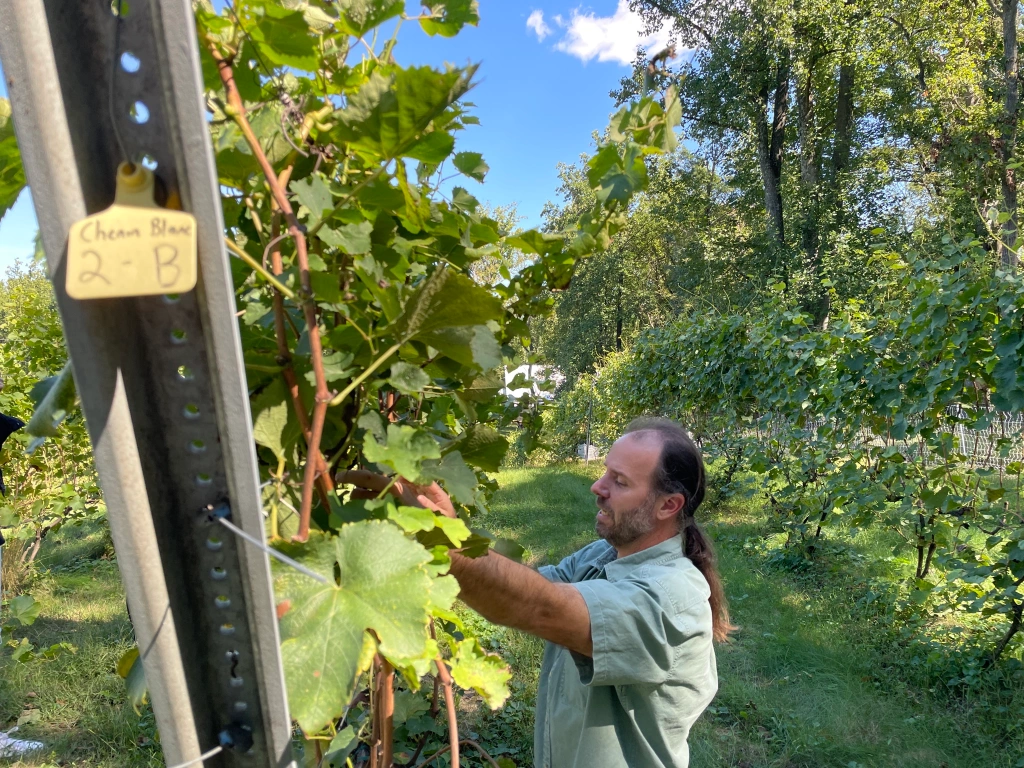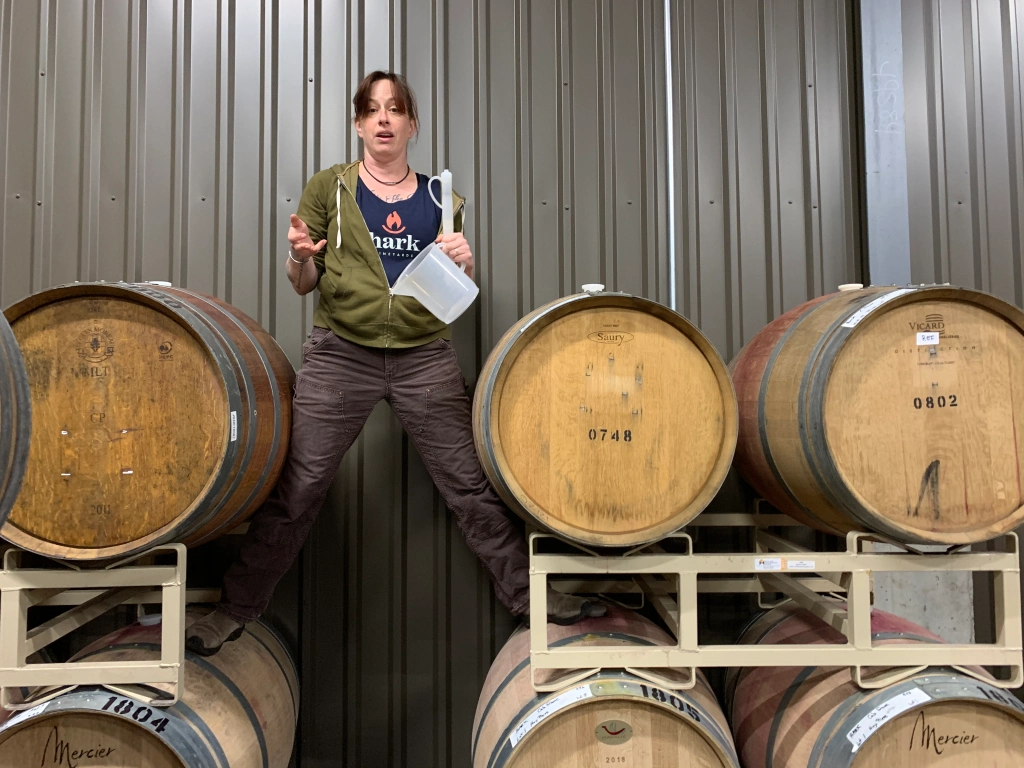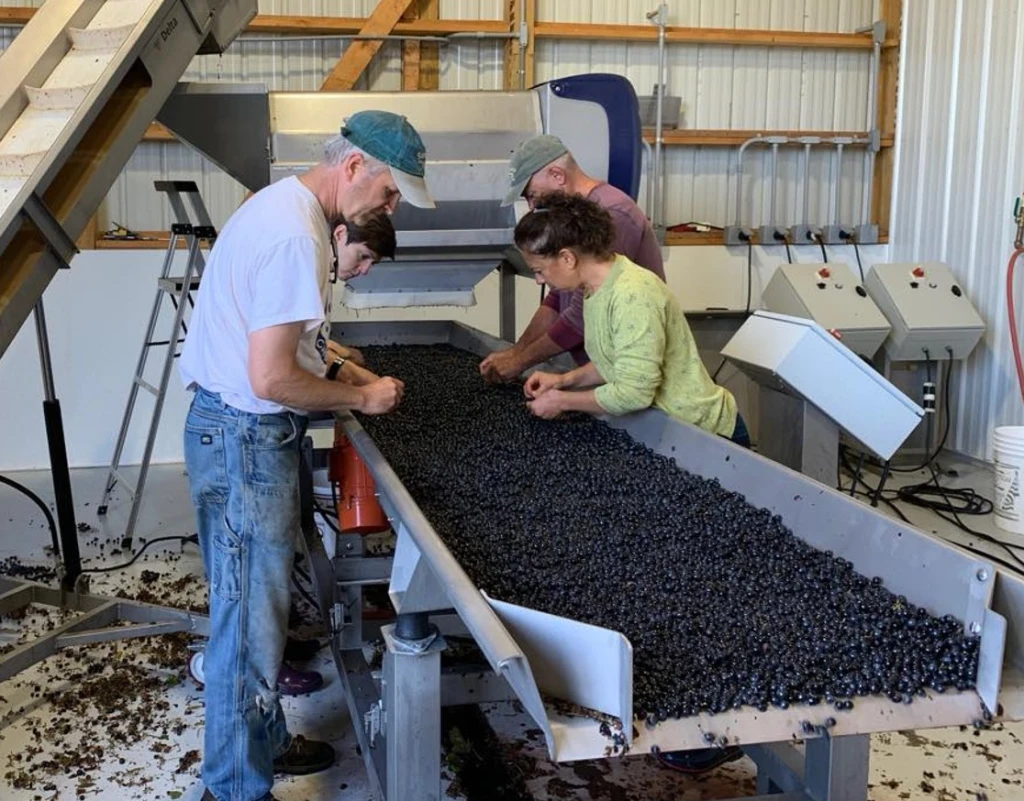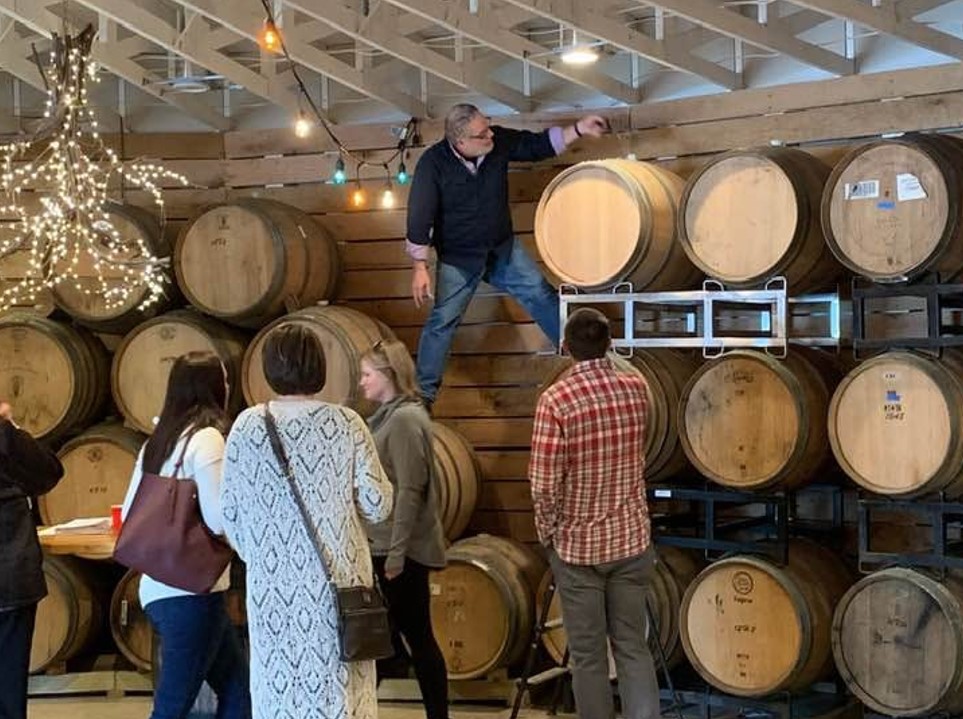It’s tough to pick a single theme when discussing the Mount Ida Reserve Tasting Room & Taphouse, simply because there’s a lot to talk about. I visited to interview Executive Chef Jabari Wadlington, but chatting with him was just one part of my visit.
I easily could have spent more time talking about the wine. Mount Ida has 27 acres of mostly Bordeaux varietals, divided between three vineyards. While the winery is around 30 minutes south of Charlottesville, they are still part of the Monticello American Viticultural Area (AVA) that Wine Enthusiast called the 2023 “Wine Region of the Year”.
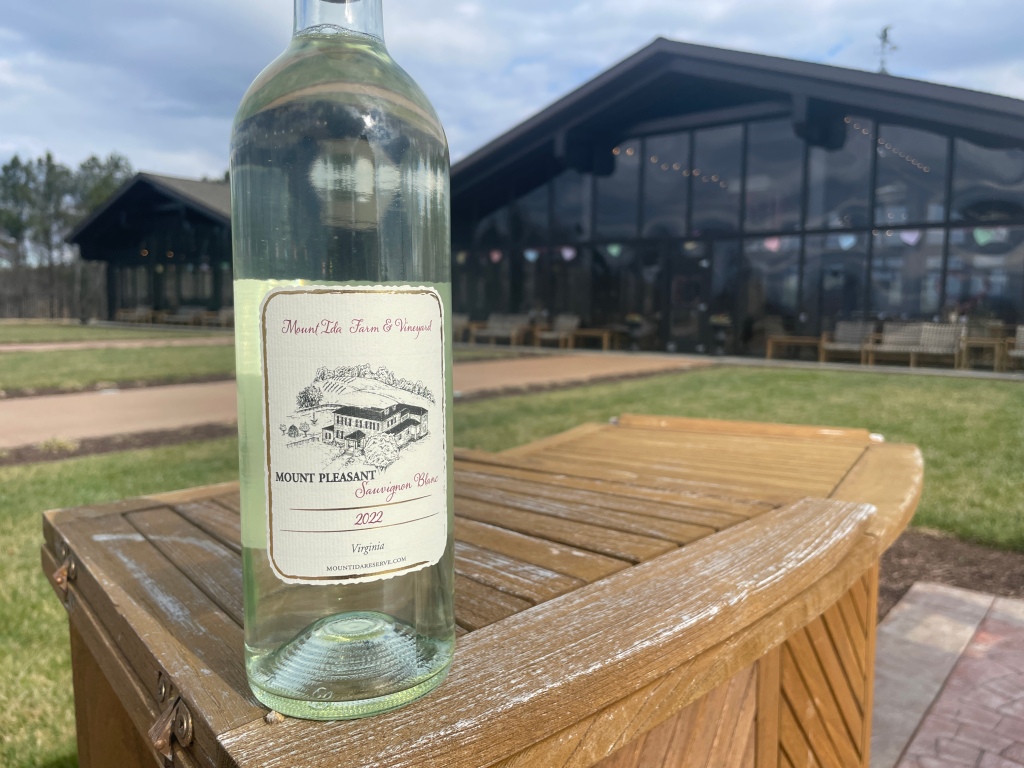
I could also talk about how stunning the property is. The business covers 3,500 acres divided between a number of smaller venues, including the wine tasting room/taproom, event centers, lots for private homes, and a number of home rentals (including a building that dates to the 1700s).
There’s also the brewery. Mount Ida is one of only a handful of Virginia wineries that has a fully integrated taproom, and is probably the only one of those with a full farm-to-table restaurant. On top of all of this, last year they started offering trail rides.
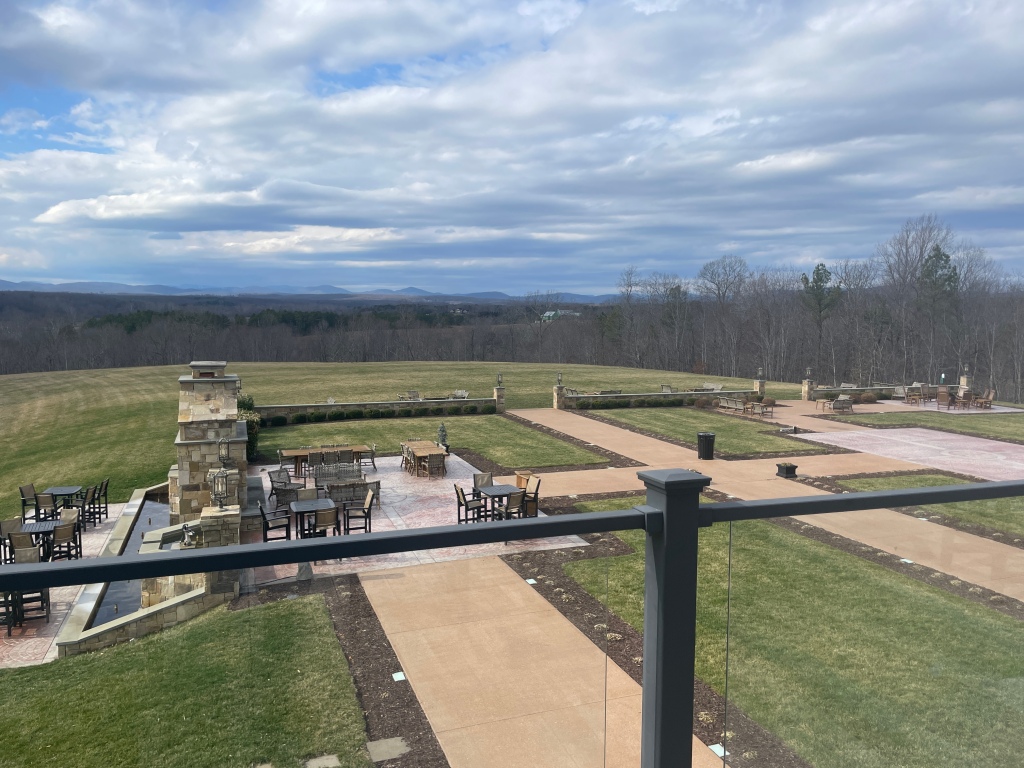
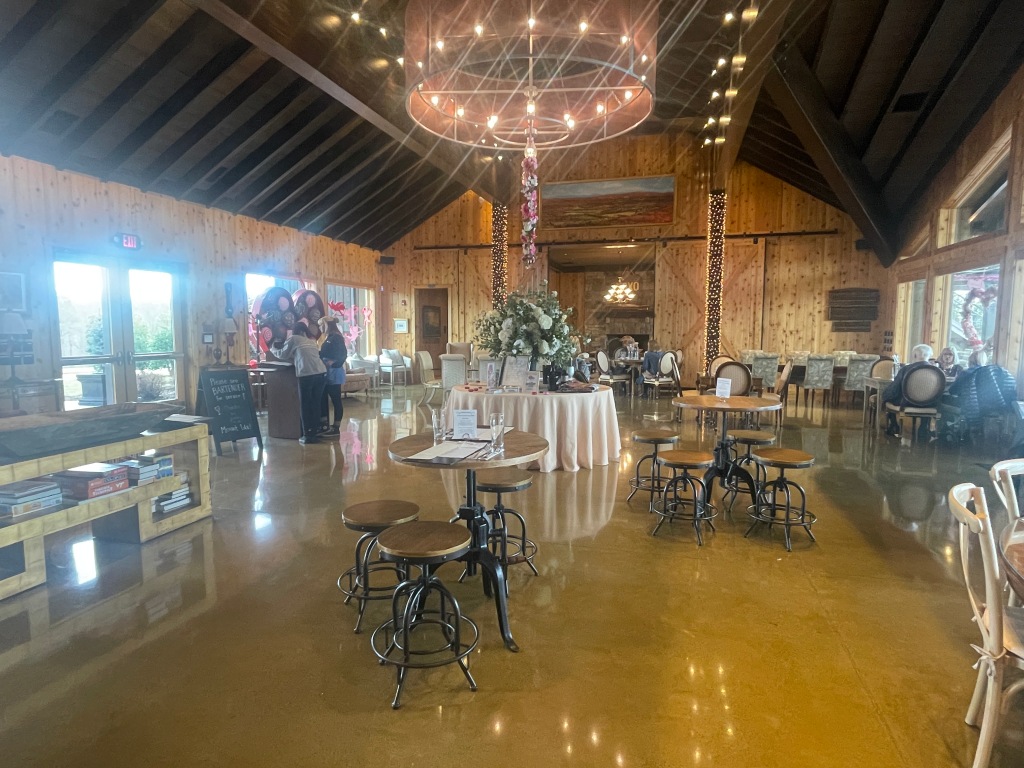
But for this trip, I was focused on the food. I’ve been on a mission to interview the Executive Chefs who work in Virginia wine country. Given how Mount Ida’s restaurant is an integral part of the overall experience, meeting Jabari was high on my list.
I was fortunate to schedule my visit at the end of Charlottesville’s Restaurant Week, which for the first time included Mount Ida as a participant. Jabari was especially proud of his Restaurant Week menu, which he used as an opportunity to test out dishes for the winery’s own 2024 menu.
Before we met up I also learned some background about the winery part of the operation. Frantz Ventre is their full time winemaker, although the production is done at Michael Shaps Wineworks. While Frantz is a native of France, he’s been part of the Virginia wine scene for about two decades, with a resume that includes Sweely Estate (before it became Early Mountain), Jefferson Vineyards, and Grace Estate.
Elevating “New Southern” Dishes
After a quick look around I met up with Jabari, who told me his story.
While Jabari was born in L.A., he moved to Virginia in 1996. As someone who grew up watching the Blue Angels at airshows and describes himself as ‘obsessed with planes’, it’s no surprise he originally planned on becoming an Air Force pilot. That led Jabari to study engineering at Tuskegee University and participating in their Air Force ROTC program.
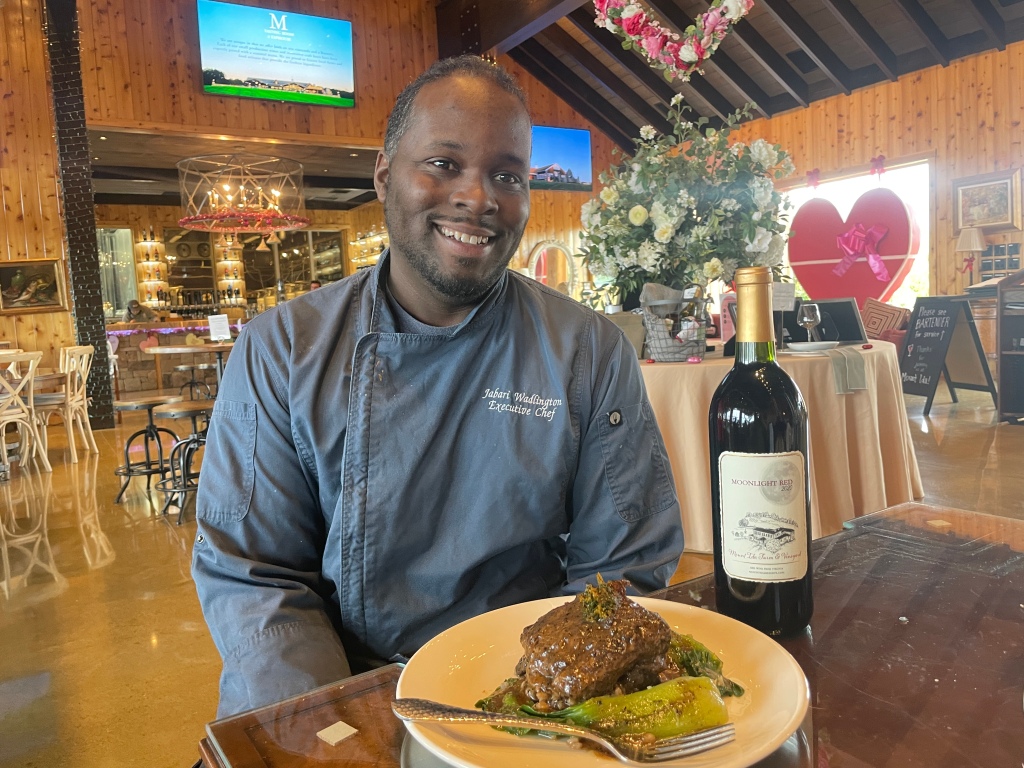
While becoming a pilot is still on the bucket-list, Jabari eventually realized flying for the Air Force wasn’t in his future. He transferred to Johnson & Wales University to study the culinary arts, which led to an internship in New Orleans under Tom Wolfe.
From there, Jabari described a veritable roller-coaster of different experiences. For years he jumped around different east coast restaurants, ran a catering business, cooked for celebrities and executives in D.C., all the while learning the ins & outs of operating a kitchen. The birth of his son encouraged him to seek greater stability, which led him to Charlottesville.
“I’ve always felt the reason I chose the culinary arts is it’s the only art form that uses all of your senses. Food just has a lot of power in bringing people together, and that’s what I love the most.
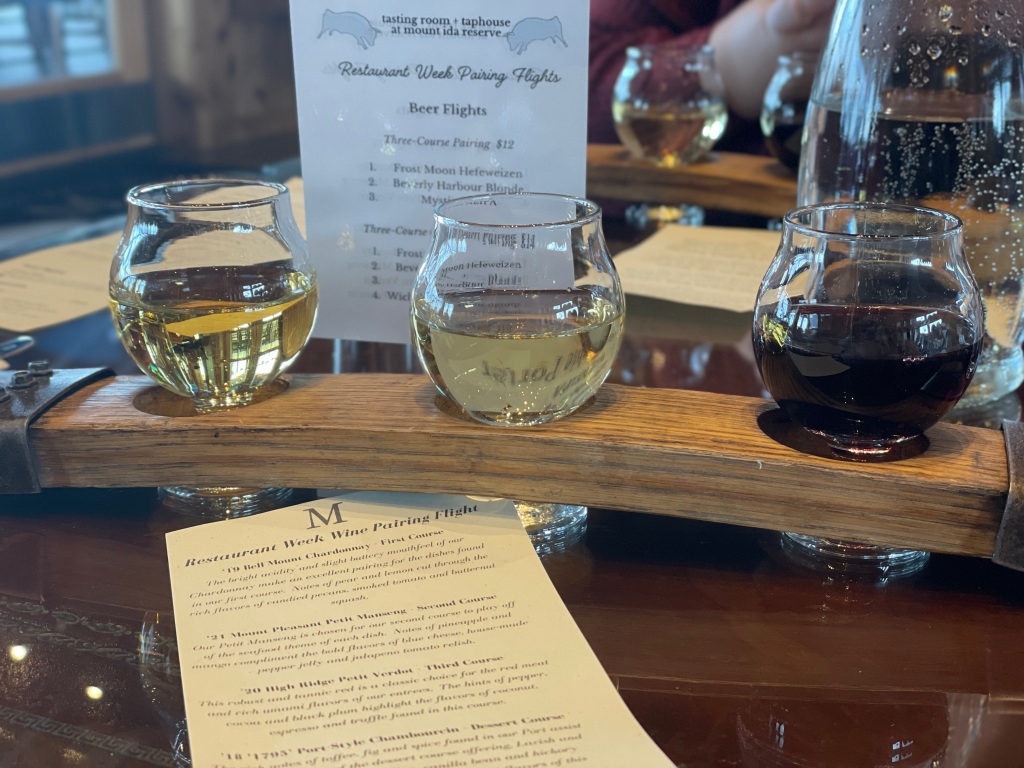
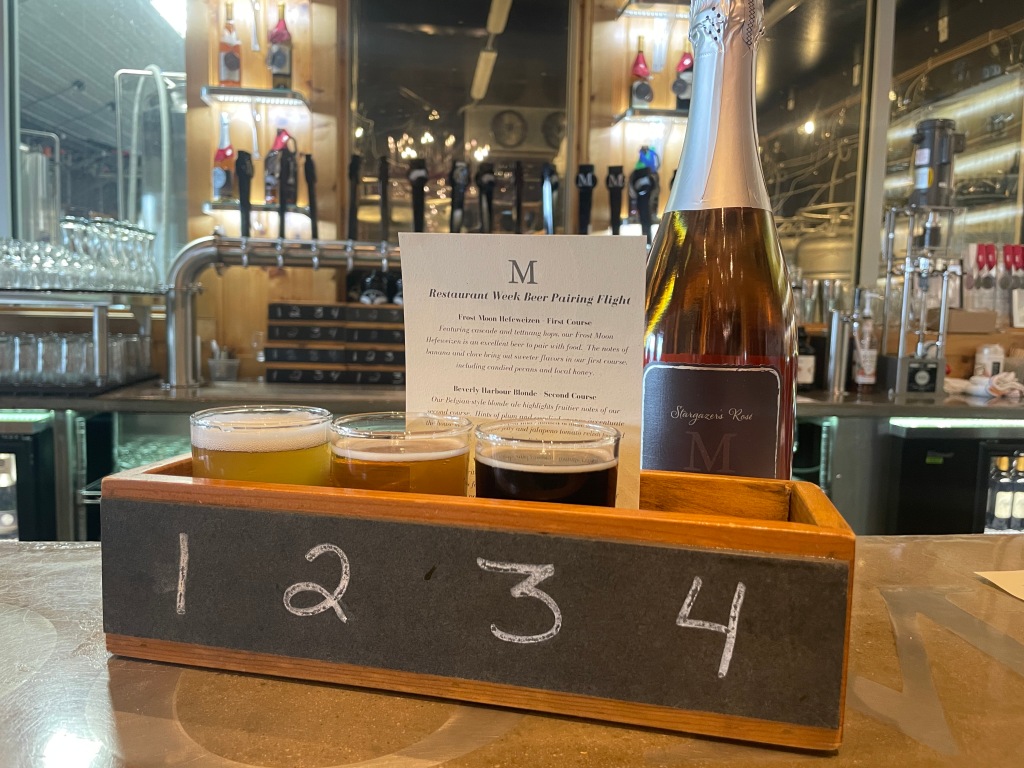
My niche is probably ‘New Southern’. That’s not just your typical soul food – fried chicken, mac n cheese, collards, and those kinds of things. Its food that uses ingredients that goes to the root of what makes cuisine what it is now, while being versatile enough to reach a wide group of people.
As I got older I started opening more restaurants, including two in Charlottesville. I’ve always focused on community, farm-to-table settings, but more focused on the ‘community’ part than the fine dining aspect. Doing events at different farms also helped me build relationships.”
Finding Mount Ida And Appreciating Sustainability
Eventually Jabari interviewed for the Executive Chef position at Mount Ida – and was offered the job that day. “I didn’t take the position right away since I hadn’t seen the property. But when I came and saw the view I was like “Yes…I’ll take it!”.
While Jabari still uses his local contacts, the farm at Mount Ida has much to offer.
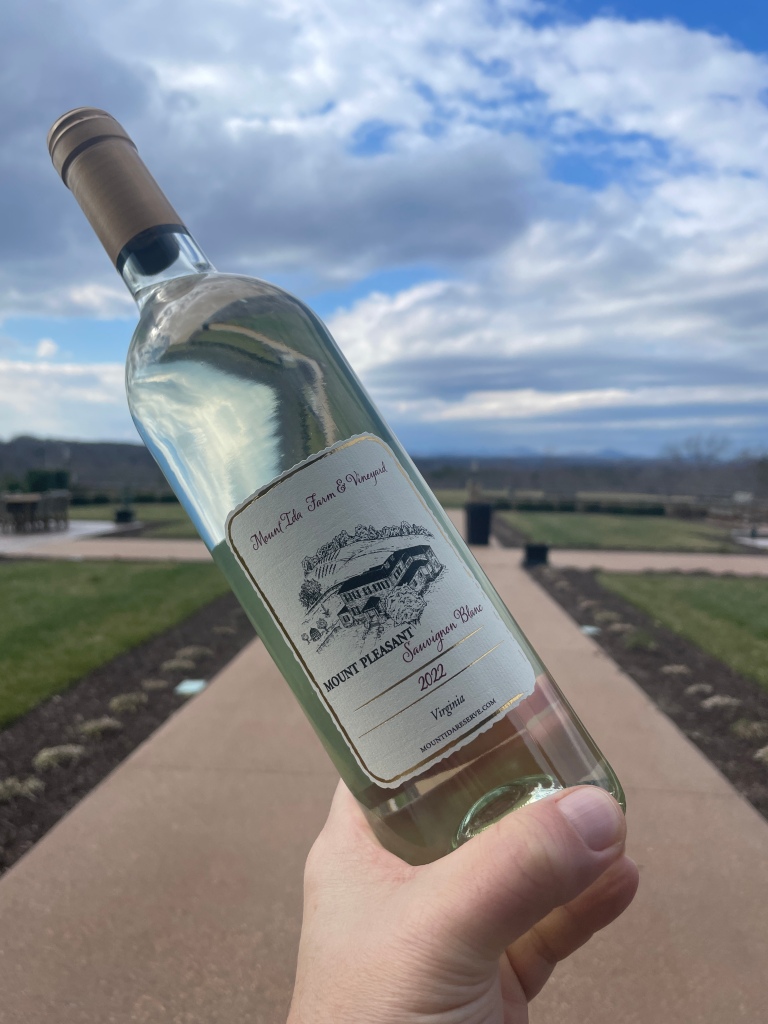
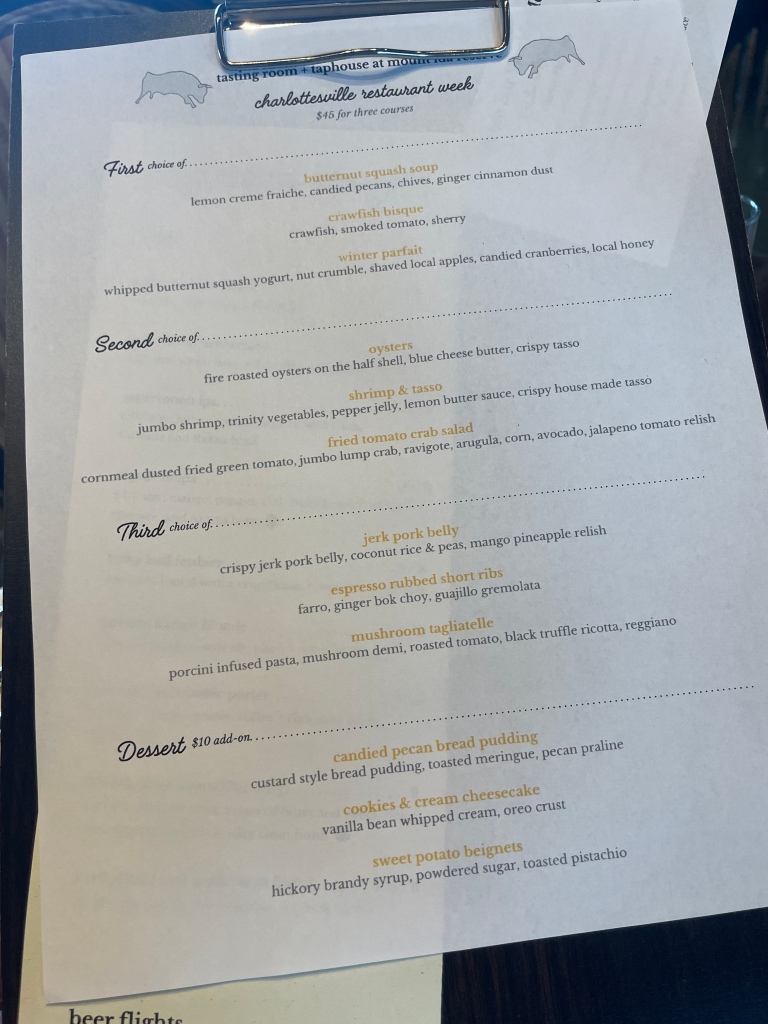
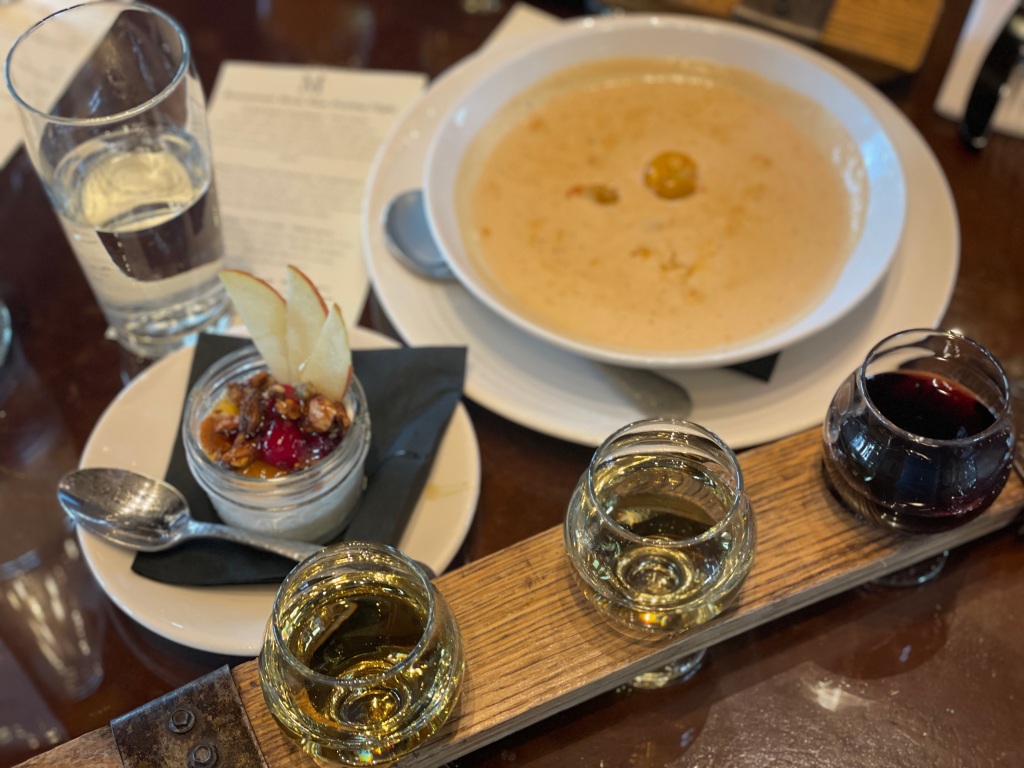
“We try to be as sustainable as we can. The property has 3,500 acres and around 150 cattle. We chop down trees for smoking our pork belly and get wild mushrooms from along the ridge. All the malt and barley we use for our brewery is used as feed for the cattle. It’s a magical place to work.
Having the cattle gives us a unique niche in the market. Our meat really stands out because we use the entire cow, so our burgers include ribeye and sirloin. Even the short ribs we have for restaurant week were from our cows. We can put a filet on the table and not charge $42-48 like other locations.”
Being a chef also gave him an eye for wine pairings, which are put to good use at the tasting room. Jabari’s four-course Restaurant Week menu recommended their chardonnay to go along with the rich options of his first course, the petit manseng to pair with the seafood and salad-heavy second course, the petit verdot to soften the fatty dishes of the third, and a port-style wine to compliment the dessert.
My dining companion & I tried his winter parfait & butternut squash soup for our first courses, the fire roasted oysters and jumbo shrimp for the second, and short ribs and mushroom tagliatelle for our mains.


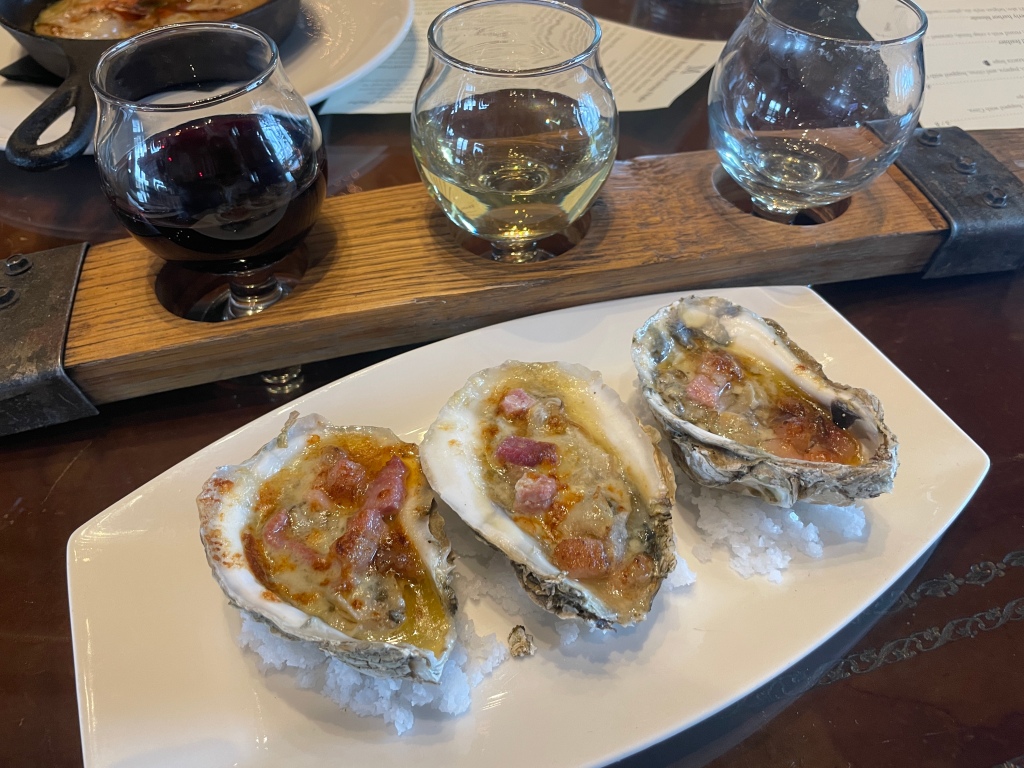
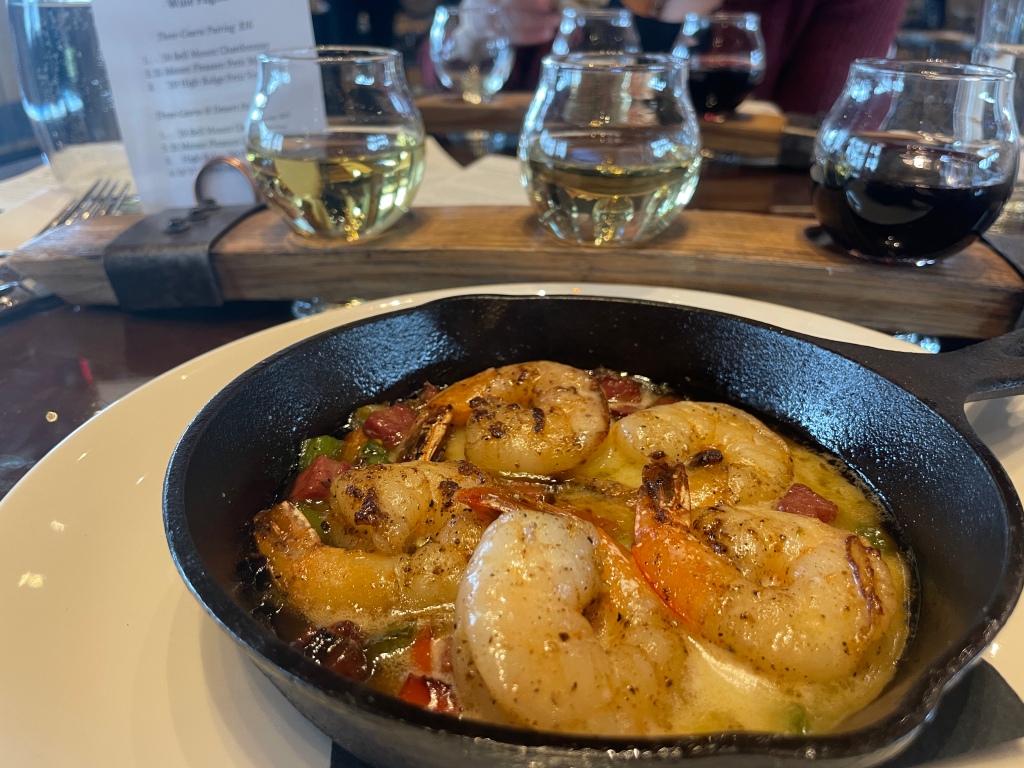
“I use my dishes to offset where the wine is on your palate. I like using our cabernet franc and petit manseng, but I really think viognier stands out as a Virginia staple. I’m also a fan of our red blends, and pairing our port-styles with our desserts. Pairings are where I get to have fun.”
Jabari also praised Mount Ida’s beer. Last summer he took their stout and reduced it into a syrup, which was made into a ‘beer ice cream’. He also used Mount Ida’s rosé as a base for their sorbet.
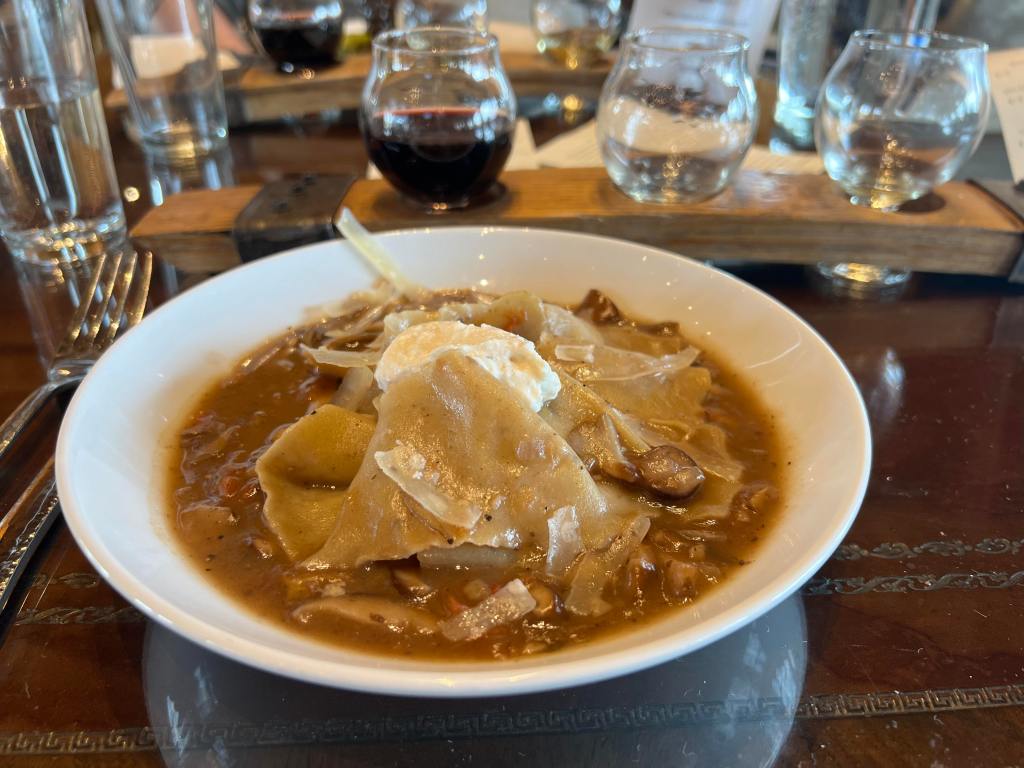
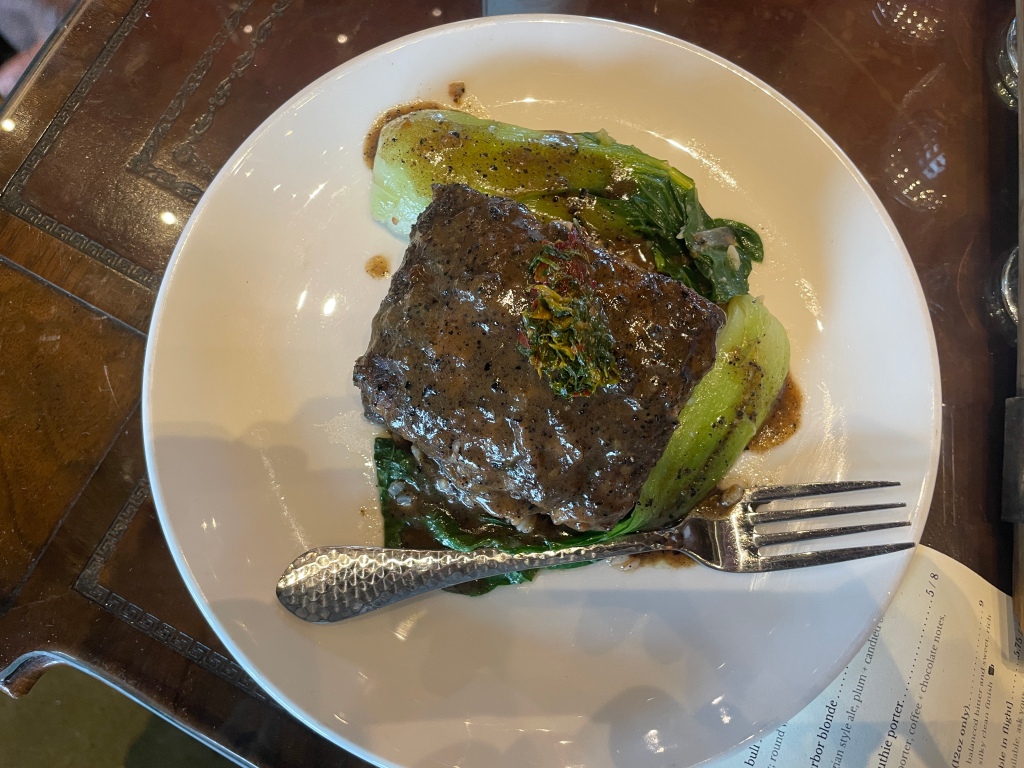
Picking a favorite dish is a difficult job, especially given how he’s always mixing-up the menu. Yet a few staples, like their pizza, are always available. “I get bored with food, and always want to try something that other restaurants aren’t doing. But we have our own pizza ovens, so during the season we sell a lot of pizza!”.
Mount Ida is open seven-days a week. While you might not see Jabari in the dining room, fans of his cuisine can watch reruns on The Food Network and see him compete.

